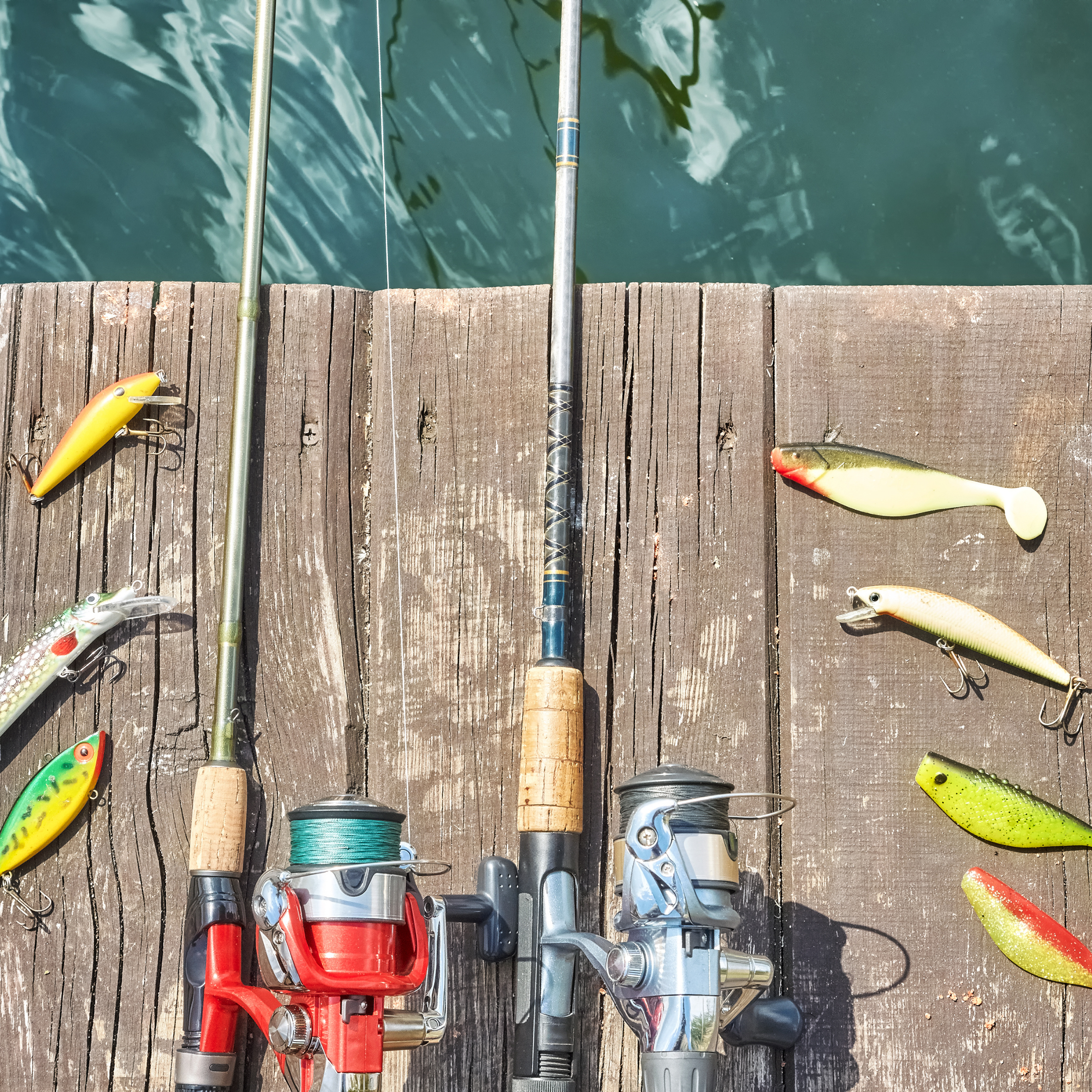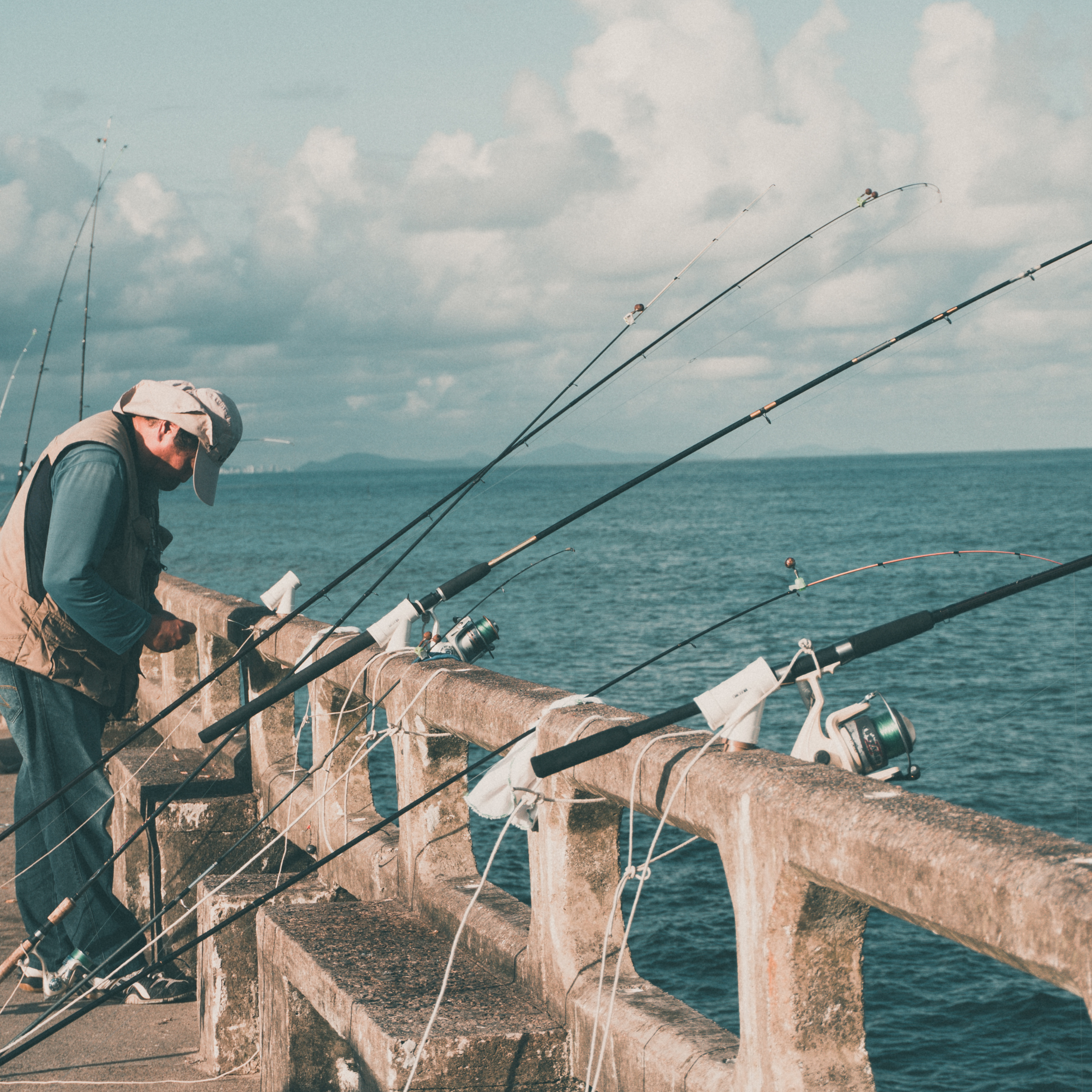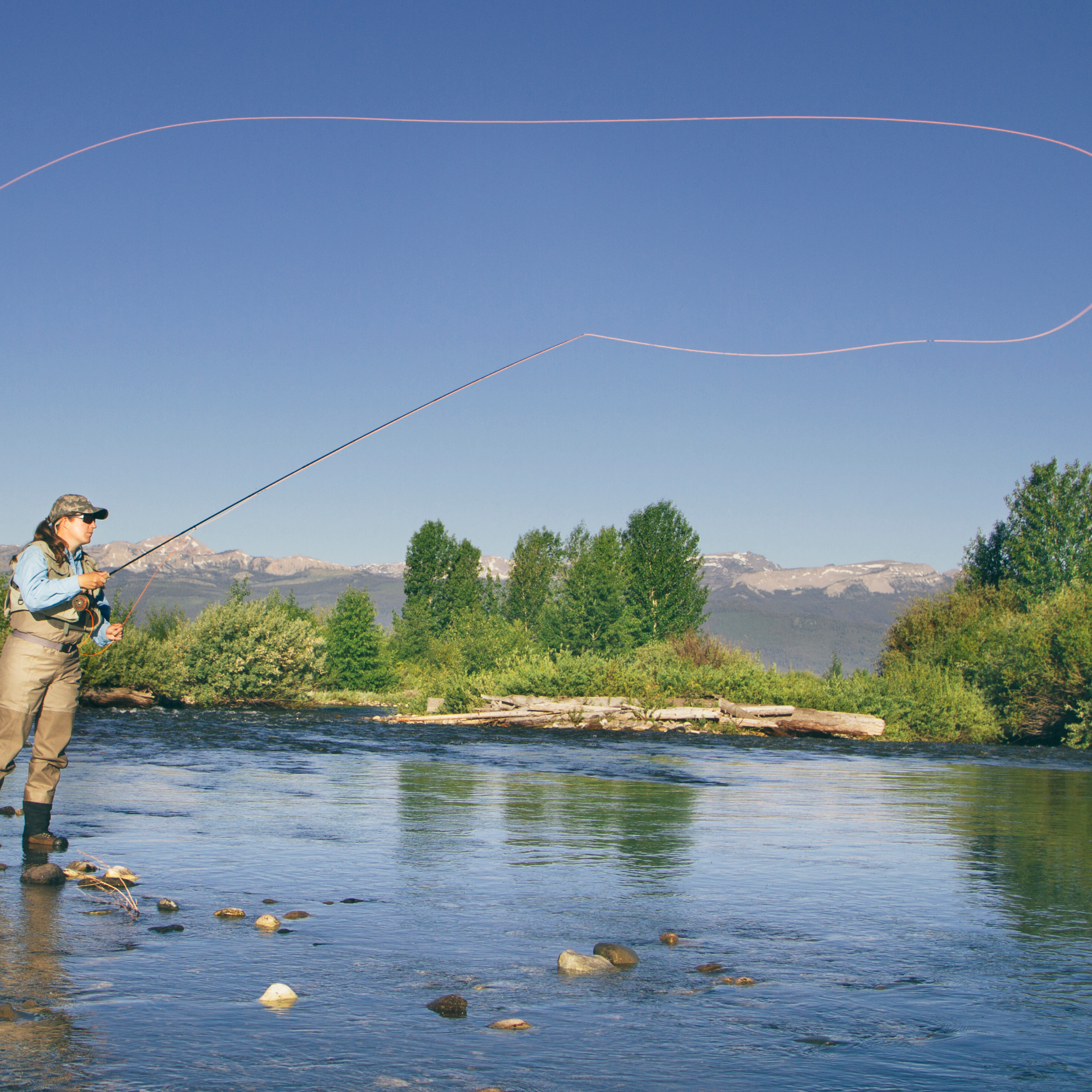Fishing rod types explained
Getting serious about fishing? There’s so much to know, and so many things you’ll learn along the way through trial and error. It’s a wonderful experience, which will be all the more fun if you buy the right gear. Different environments and target species demand different fishing rods.
So, even if you’ve had some luck with your current setup, you may need an upgrade to hook other (or more) fish.
There’s an overwhelming amount of options available when it comes to rods. We’ve dedicated this article to looking at fishing rod types, so you can choose the one that’s best suited for your needs. With fishing, gear can make the difference between a frustrating and successful day.
How to choose a fishing rod
Before we look at the options available, you need to ask yourself some questions:
Are you fishing on land or from a boat?
What kind of boat will you fish from?
Where will you fish? From a beach, by a reef, off a jetty, …?
What body of water will you be fishing on?
How packable and light do you need your rod to be?
Do you use lures, bait, or both?
Do you cast?
What fish are you hoping to hook?
Make a mental note of your answers. If necessary, do some research on what fish live where you plan to go, their feeding habits, and which fishing methods you should use.
If you’re planning to fish in very different environments, such as an estuary and off a speedboat, you need to buy separate rods. If you want to save some money, you can either buy a rod suitable for the environment you’ll fish the most in, or to settle on a compromise.
Get the free DECKEE boating app
The all-in-one app to plan and prepare your next day on the water.
What types of fishing rods can you buy?
Now let’s look at the kinds of fishing rods available and what they are used for.
Spinning rods
These are the most common types of rods because they’re very easy to use. They have a spinning reel, which makes them very versatile and suitable for both casting and bait fishing. Spinning rods are great for fishing from a boat or a kayak and in lakes or rivers. With the right setup, you can use a spinning rod almost anywhere.
Surf rods
Surf rods are great for surf fishing and fishing off rocks. They are the heaviest and longest rods you can get - they can be up to 4-5m (13-16.4ft) long. They’re designed to cast very long distances and pull in heavier fish from breaking waves. Many surf rods can be disassembled for transportation.
Casting rods
Casting rods let you drop your line more accurately and offer better control for handling fish. They are great in crowded fishing spots and hotspots, like river beds. The thumb-controlled reel is easy to use and doesn’t tangle very often. For this reason, casting rods are used by newbies children.
Overhead rods
If deep-sea and sport fishing are your thing, you’ll want to get yourself an overhead rod. These are shorter and more powerful than casting rods, so they are suited to fight big fish from a boat. Overhead rods usually come with overhead reels. You won’t need to cast, though - simply drop your line and wait for the fish to come to you.
Trolling rods
Do you enjoy boating as much as fishing? Then a trolling rod is perfect for you. These are stiffer and feature larger reels, so you can fit lots of line on them. When trolling, simply secure the rod onto the boat and let the lure move through the water to attract fish. You can’t use a trolling rod for anything other than trolling. It’s suitable to go ocean, big lake, and pond fishing.
Fly rods
If you plan to go fly fishing, you’ll need to get yourself a specific rod. Fly fishing requires great skill, as you need to cast a fly, imitating the movement of the insects your target species feed on. You can equip a fly rod to fish both in freshwater and saltwater. You just need the right rod, reel, line, and fly combination.
Telescopic rods
Do you have limited space to keep and transport your rod? A telescopic rod may be the answer. There are some great quality ones nowadays. They are mostly designed to use with spinning reels to catch small to medium species. However, casting with a telescopic rod can be disappointing.
Other factors
Bear with us. There are a few more factors to consider when choosing the right type of fishing rod for you.
Rod action
Action describes how much a rod flexes and how fast its tip goes back to a neutral position. The heavier the rod, the faster the action.
Here’s how it works:
Fast action gives more sensitivity for monitoring bites
Moderate action lets you target bigger fish with aggressive lures
Slow action allows you to cast smaller lures.
Rod taper and length
Taper and length heavily affect the action of a rod.
A long, thin, lightweight rod is for targeting small species
A short solid rod allows you to hook bigger fish, but not to cast very well
In-between rods can be used for many purposes, offering a good balance between power and action.
Weight class
Weight class refers to the maximum line weight you can use your rod with. Before choosing a rod, make sure you research what kind of line is best suited to catch the species you’re after.
Material
Rods come in different materials. You can choose between:
Fiberglass - they are cheaper, heavier, stiffer, and have slow to medium action
Graphite - they are lighter, fast action, and more flexible
Composite - they cost and perform somewhere in between fiberglass and graphite rods
Bamboo - they offer smooth casting and fighting.
So to choose the right type of fishing rod for you, you’ll need to consider a number of factors - from what you want to hook and where, to the storage space you have available.
If you take the time to think it all through before rushing to the fishing shop, you’ll end up with the best setup for your needs. Don’t forget to check what fishing line, bait, and lure work best with the rod you’re buying.




